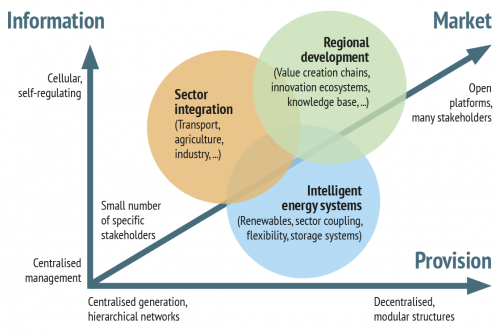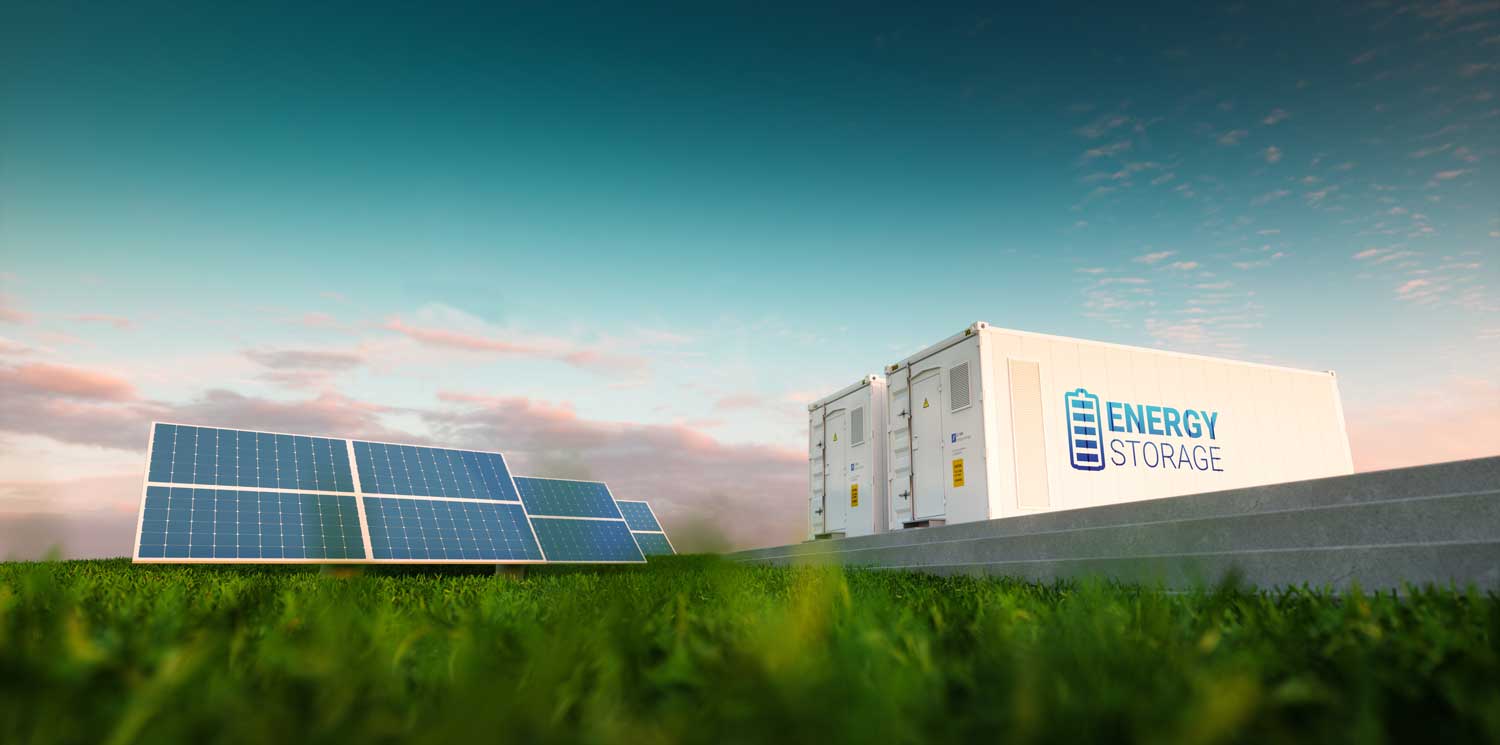The energy systems of the future will be structured in much more decentralised and modular ways than those of today. This change will be driven partly by the liberalisation of the energy markets, enabling increasing numbers of participants to make an active contribution to the energy supply. Another factor is the policy goal of a CO2-free economic system based on renewable energies, including a high proportion of volatile solar and wind power. Combined with new technological options for energy conversion and consumption, and intelligent cross-linking of participants, this will result in new structures for energy production and consumption in buildings, industry, agriculture and transport. Changing expectations for resilience and security of supply also play a key role in this trend and require self-regulating system components that can react to various influences both in the short term and on a more long-term basis. Artificial intelligence and high-performance information and communication systems will become increasingly important factors.
Integrated regional energy systems that are able to meet the demand for energy using 100% renewables will also maximise the potential of conversion between different forms of energy, and of synergies and options for creating links between different infrastructures. Used in combination with storage systems, these allow the flexibility to maximise the benefits of energy generated within the region.
These different system components also contribute to the overall system, through active participation in interregional energy exchange and stabilisation. This also results in a tight integration of different sectors. For example, the regional mobility system is supplied with energy (in future, for instance, electro-mobility will be provided at charging points which are integrated into the electricity system). This also contributes to the energy system (e.g. by transporting stored energy in the form of fuels, such as hydrogen).
To ensure this is successful and that the local value creation chains within the integrated regional energy system are appropriately supported, it is important to involve all regional stakeholders, from users to providers of solutions and services, from the innovation stage onwards.

